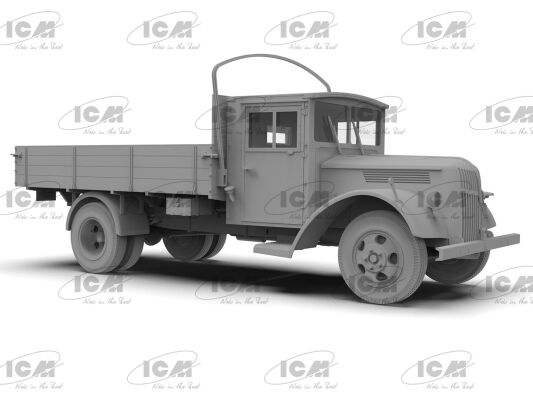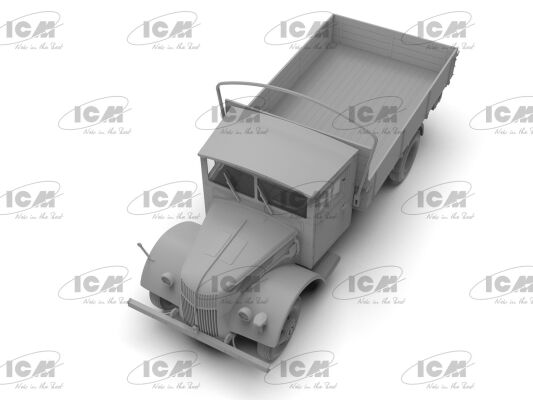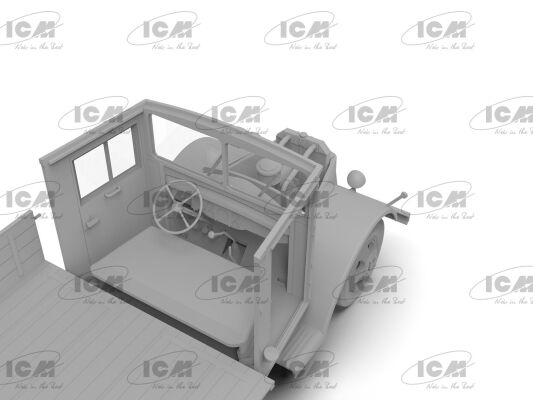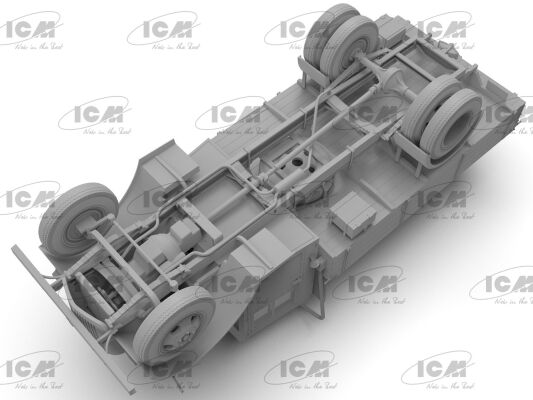Description
Scale model 1/35 German military vehicle V3000S Einheitsfahrerhaus ICM 35409 with delivery in Ukraine and shops in Kyiv and Odessa.
Glue and paints are not included
Included:
sprues with parts
transparent parts
decals
painting scheme for the model.
detailed instructions
The V3000S vehicle belonged to a widespread part of the Wehrmacht's truck fleet with a payload of 3 tons. This truck with a V8 gasoline engine with a capacity of 95 hp began to be rolled out in Cologne at the Ford plant in 1941, and production continued until May 1945. It was used by all branches of the German armed forces - ground forces, air forces and the navy. Cooling of V8 engines was quite problematic, so later versions were equipped with additional holes in the hood and a larger radiator. Subsequently, V3000S trucks began to be produced with various simplifications.





